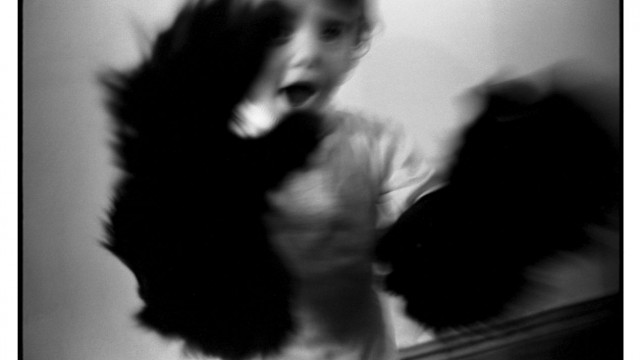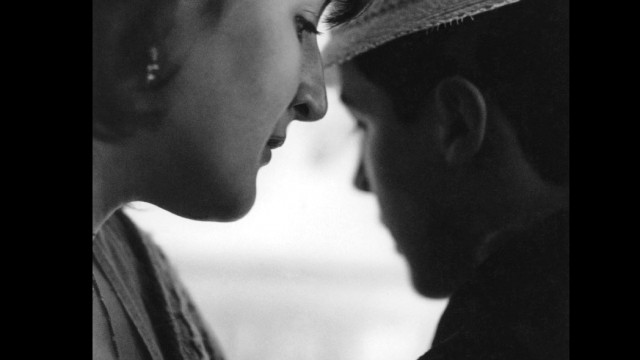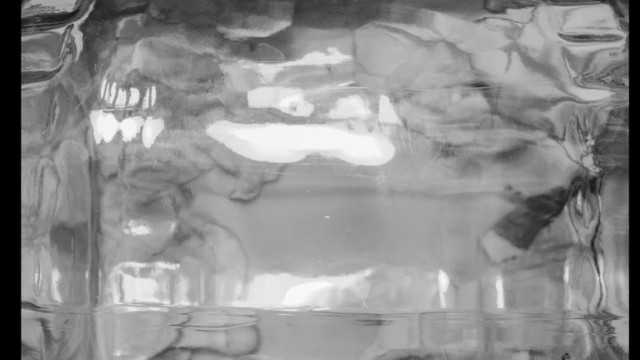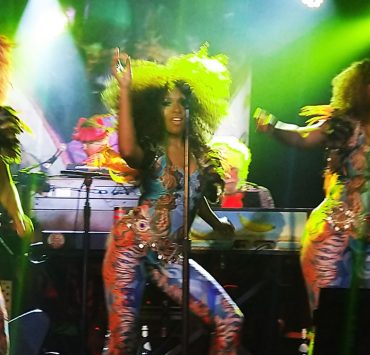Sylvia Plachy’s pictures open a path to our own dreams and memories. She can find her photographs anywhere in the world. When she photographs, she is immersed like a child. She was born in Budapest during the Second World War.
At age 13 after the Hungarian Revolution, taking only a little suitcase and her teddy bear, hidden in a horse drawn cart she escaped with her parents to start a new life in a new world. Now you can watch her breath-taking exhibition in Műcsarnok.
“There was darkness behind us, and darkness ahead” – she wrote of this experience in her monograph Self Portrait with Cows Going Home, for which she received the Golden Light Award in 2004.
A deep friendship with André Kertész
Two years after their escape, Sylvia and her family settled in New Jersey, and then in Queens, New York. After high school, in 1961 she enrolled as an art student at Pratt Institute. While attending Arthur Freed’s photography course she resolved to become a photographer, and it was at his suggestion that she made the acquaintance of fellow Hungarian André Kertész. A deep friendship formed between then, which lasted right up until Kertész’s death.
“André Kertész was a gentle man. His sense of wonder in everyday happenings and joy in seeing was contagious: ‘Look!’ he said often, interrupting our conversations or walk, pointing to a bird in flight, a stray light or just a graceful gesture. I can still hear him.”
“She is everything a photographer should be”
For thirty years starting in 1974, Sylvia Plachy worked as a photographer for the New York weekly, the Village Voice. Her own photographic column, Sylvia Plachy’s Unguided Tour, told stories about the city in pictures. Her 1990 book of the same name won an Infinity Award for best publication from the International Center of Photography (ICP) that year.
“Not since Robert Frank’s ‘The Americans’ have I experienced a body of work of such range and power. She makes me laugh and she breaks my heart. She is moral. She is everything a photographer should be,” wrote Richard Avedon about her book.
Regularly graced
Her photographs regularly graced the pages of The New Yorker, the New York Times, Fortune, Art Forum, Granta, Camera Arts, Vogue, Metropolis Magazine, Grand Street, Newsweek, New York Magazine and other journals. In her 1996 publication Red Light, she and the writer James Ridgeway covered the New York sex industry. This was followed by her photo book Signs & Relics (1999), Goings On About Town (2007) and Out of the Corner of My Eye (2008).
Numerous exhibitions
Besides appearing in group shows, she has had numerous solo exhibitions (Whitney Museum, Phillip Morris, Minneapolis Institute of Arts, Queens Museum, Boca Raton Museum of Art, Minneapolis Institute of Art, and galleries in Berlin, Paris, Budapest, Manchester, Atlanta, Ljubljana, Tokyo, Cluj-Napoca/Kolozsvár, Charlottesville and New York), and has participated in the international photographic festivals in Arles, Madrid, Perpignan and Pingyao. Her works can be found in the Museum of Modern Art, the San Francisco Museum of Modern Art, the Minneapolis Art Institute, a Houston Museum of Fine Arts and the Bibliothèque Nationale de France in Paris, as well as in numerous private collections.
Sylvia is married to retired history teacher Elliot Brody. Their son is the actor Adrien Brody.

Sylvia Plachy’s work has been displayed on several occasions in Hungary in the past decades. The Hungarian House of Photography – Mai Mano House held the Signs & Relics exhibition in 1999, and the Budapest Gallery hosted Self Portrait with Cows Going Home in its exhibition hall in 2006. Mai Manó House was also the venue of the exhibition entitled When Will It Be Tomorrow, in 2015. The latter exhibition, organised by the Robert Capa Contemporary Photography Centre, was shown in the Transylvanian Art Centre in Sfântu Gheorghe / Sepsiszentgyörgy in 2016, and in Rome as one of the highlights of the FotoLeggendo festival in the Museo di Roma in Trastevere in 2018. A catalogue has also been produced for this exhibition.











